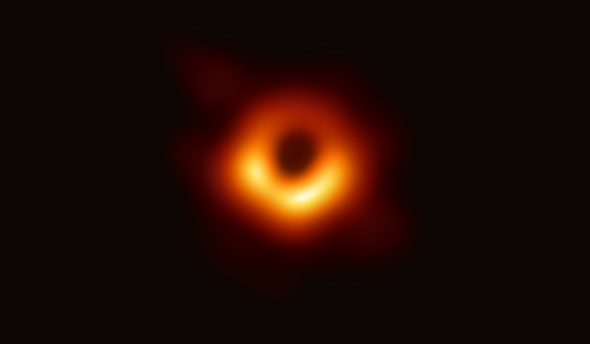The Event Horizon Telescope (EHT) team took humanity to the heart of darkness when it unveiled the world’s first direct image of a black hole in April. That feat has now earned the team one of this year’s six US$3-million Breakthrough prizes—the most lucrative awards in science and mathematics.
“It’s an amazing achievement for us, and to be recognized in this way brings it all home in a certain way — how it affects others,” said EHT Director Sheperd Doeleman, who’s based at Harvard University and the Harvard-Smithsonian Center for Astrophysics.
The EHT project, which has been in the works for two decades, links up eight radio telescopes in Arizona, Spain, Mexico, Antarctica and other places around the world to form a virtual instrument the size of Earth. Doeleman and his colleagues have been using this megascope to peer at two supermassive black holes: the M87 behemoth, which harbors about 6.5 billion times more mass than Earth’s sun, and the supermassive black hole at the heart of our own Milky Way galaxy. This latter object, known as Sagittarius A*, is a runt by comparison to M87, weighing in at just 4.3 million solar masses.
Sagittarius A* is about 26,000 light-years from Earth, by the way, and the M87 black hole lies a whopping 53.5 million light-years away from us.
The goal is to map these two black holes’ contours by imaging each one’s event horizon, the famed “point of no return” beyond which nothing, not even light, can escape. (It’s impossible to photograph a black hole’s interior, unless you’re in there yourself.)








